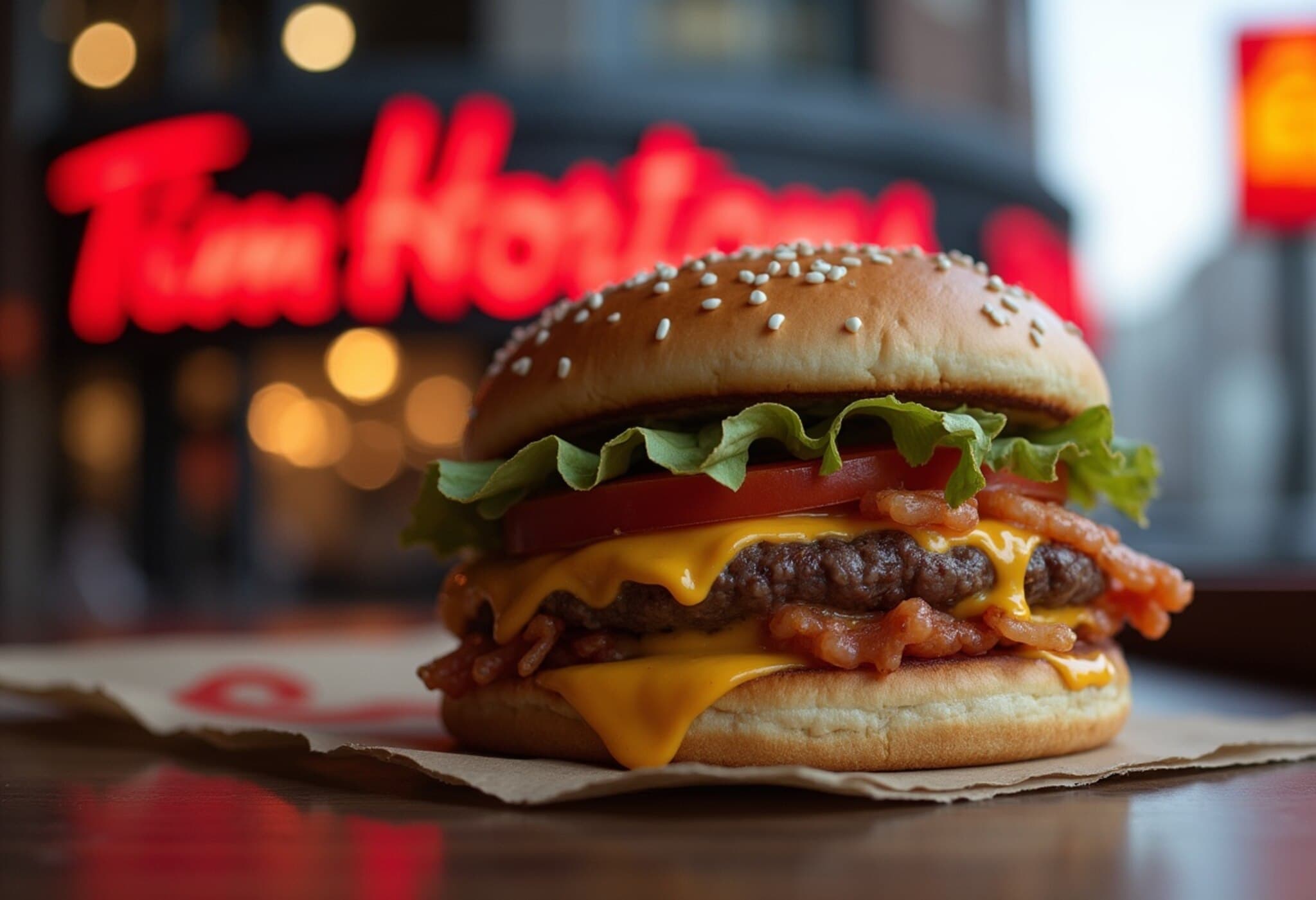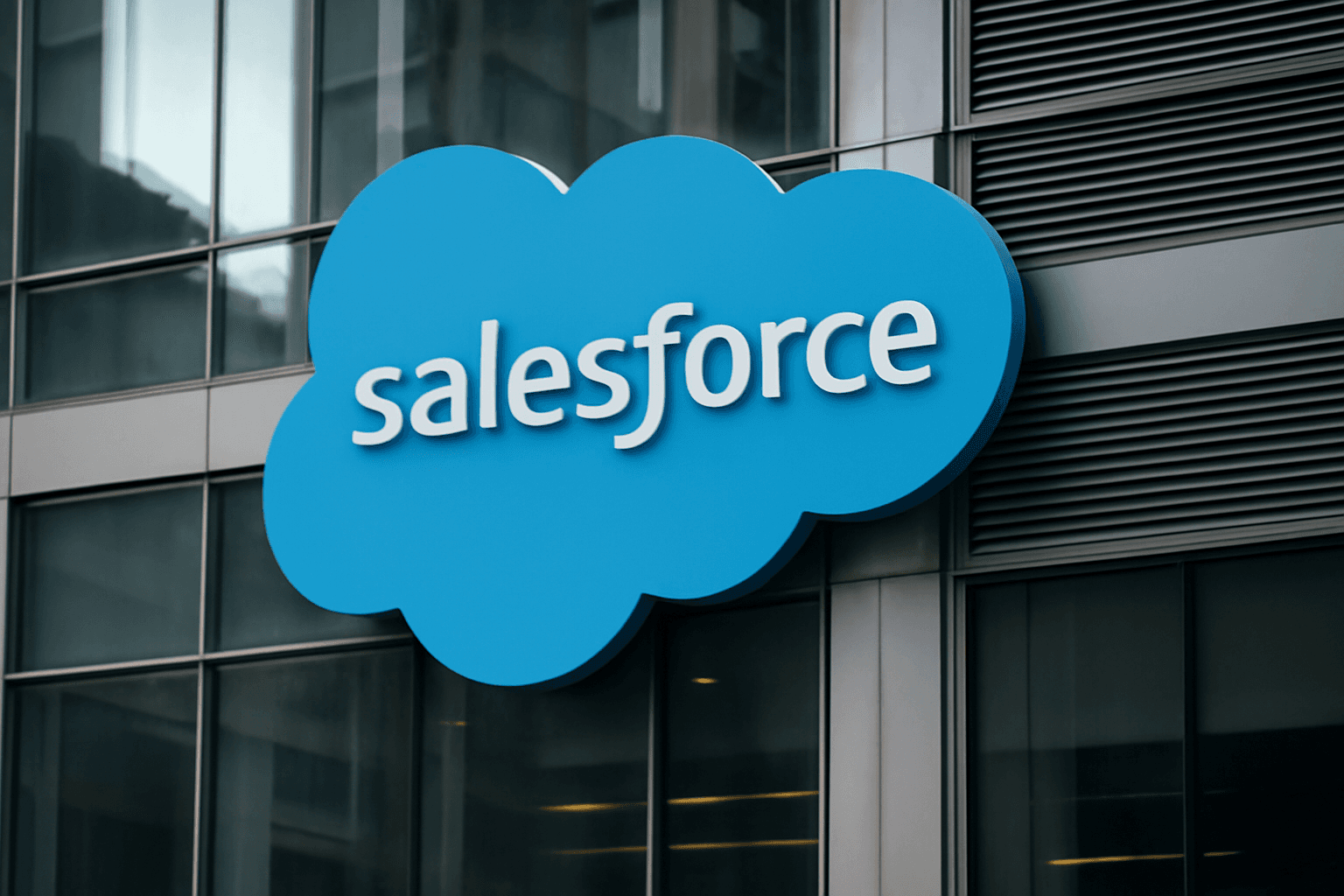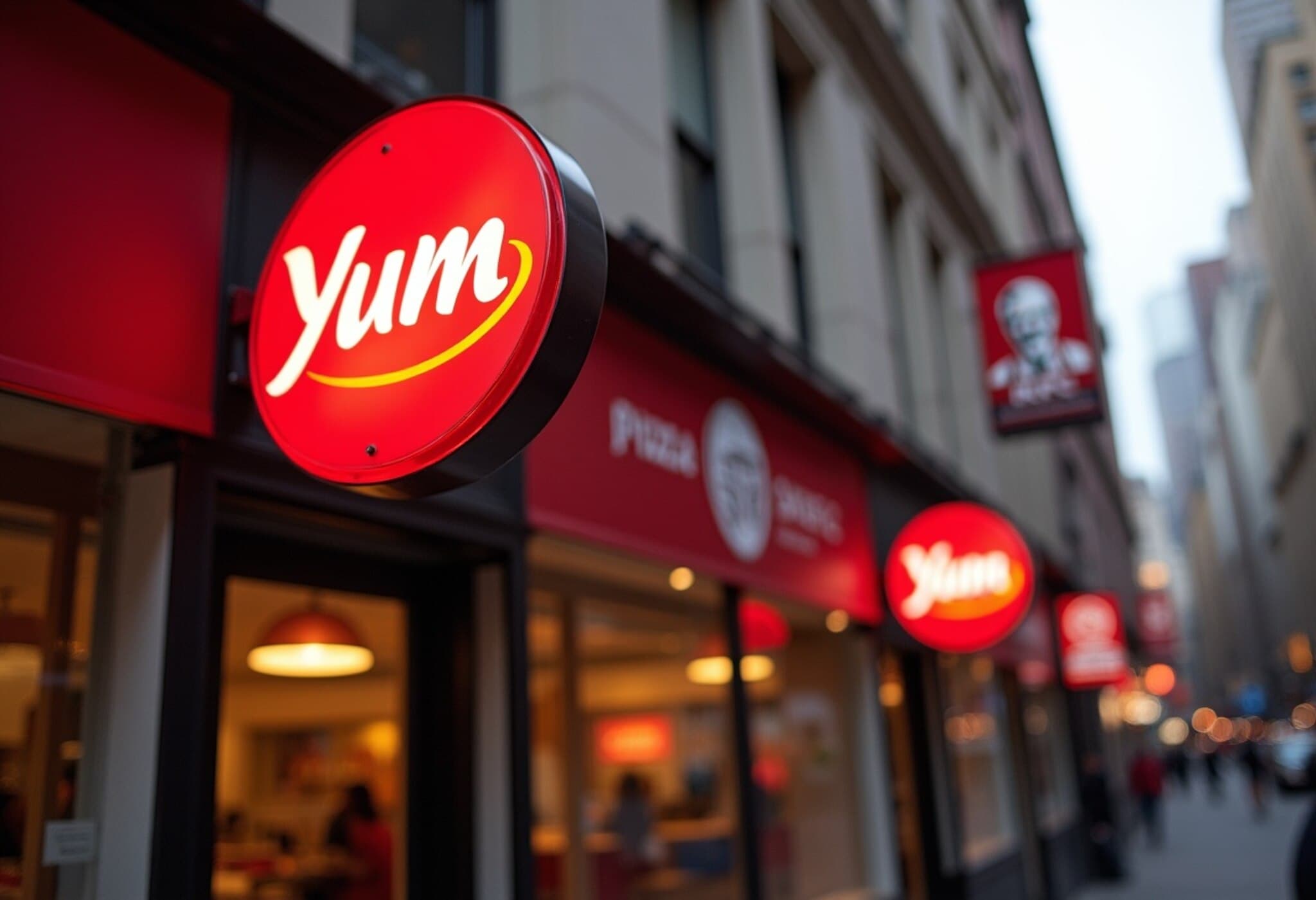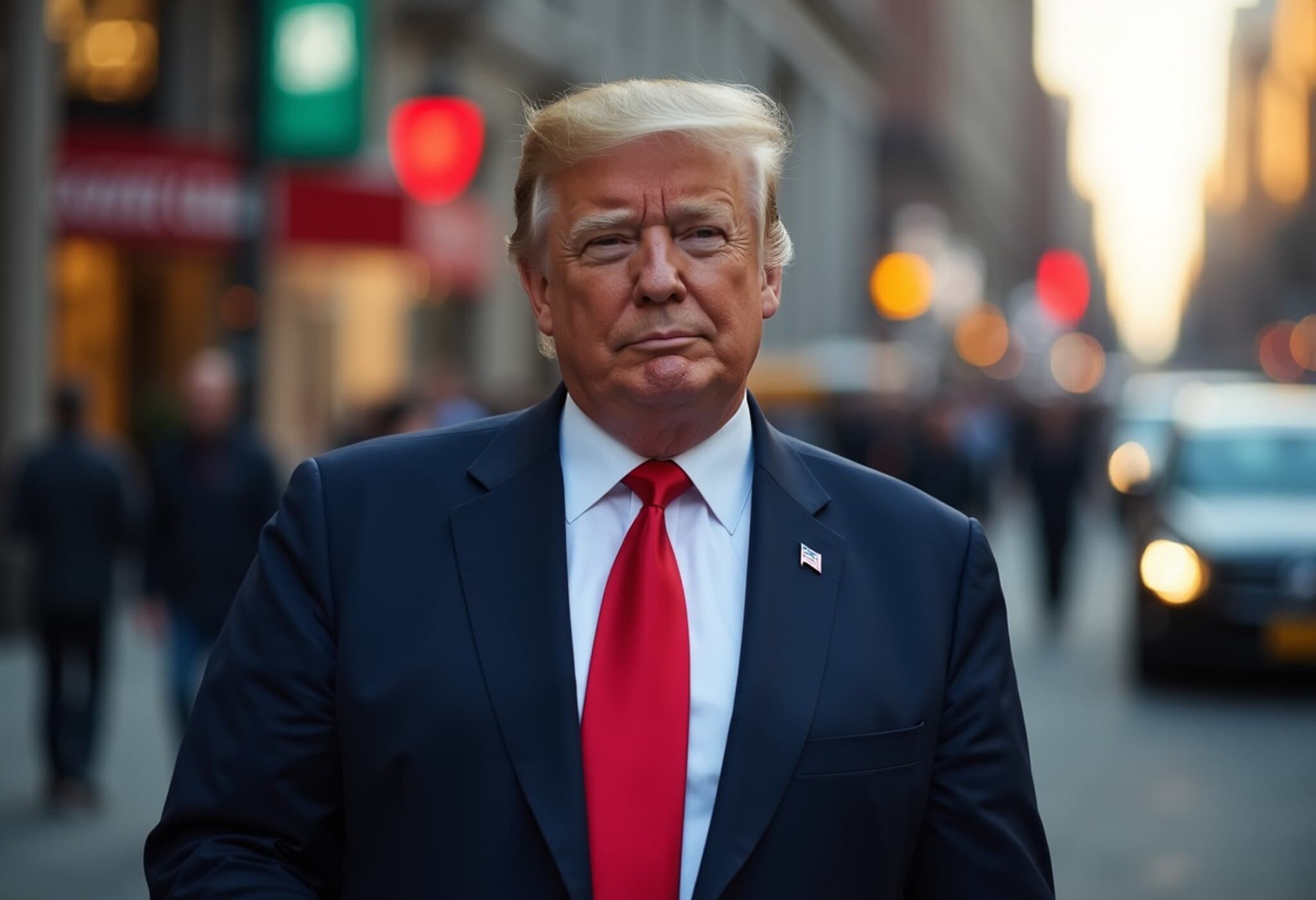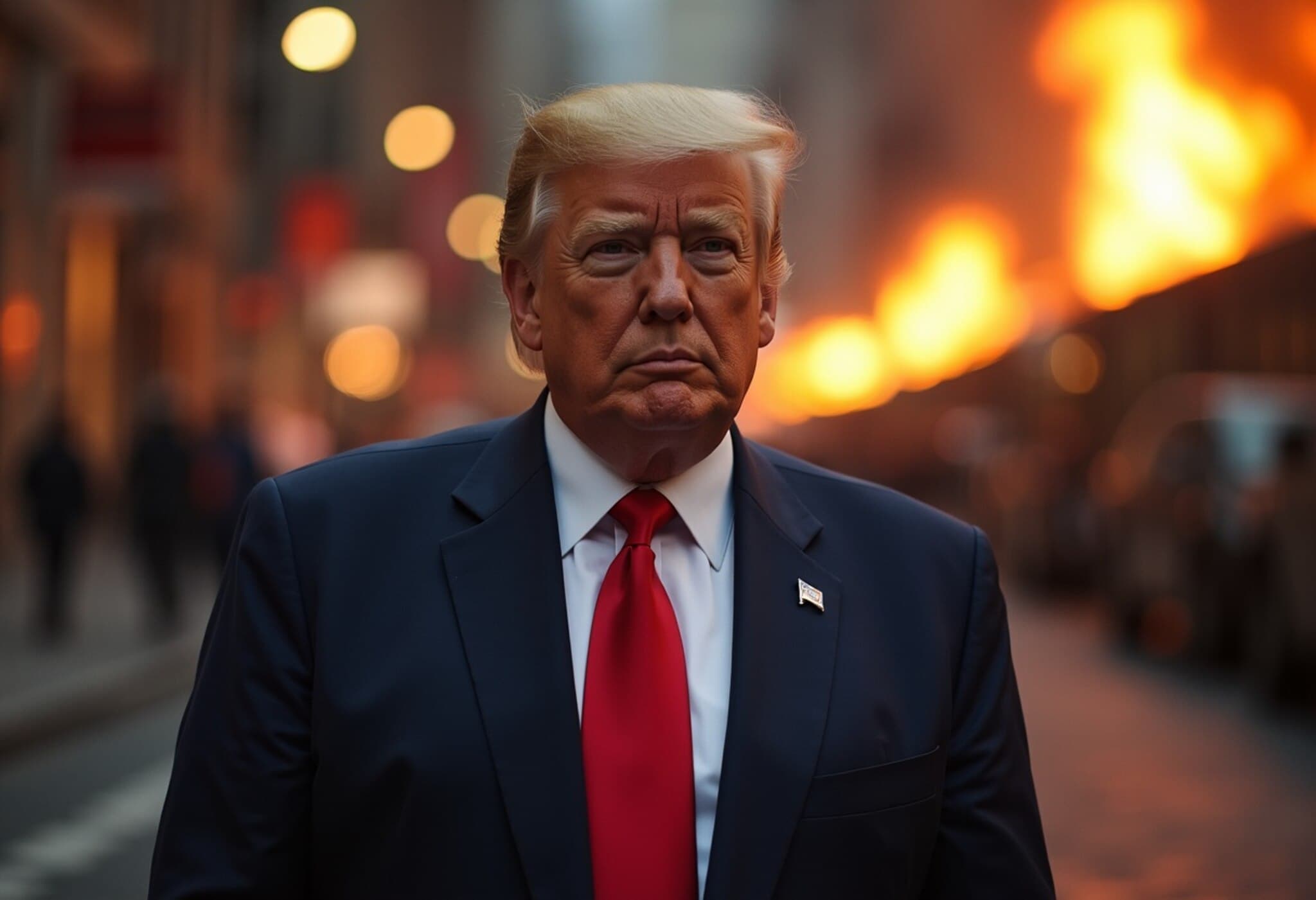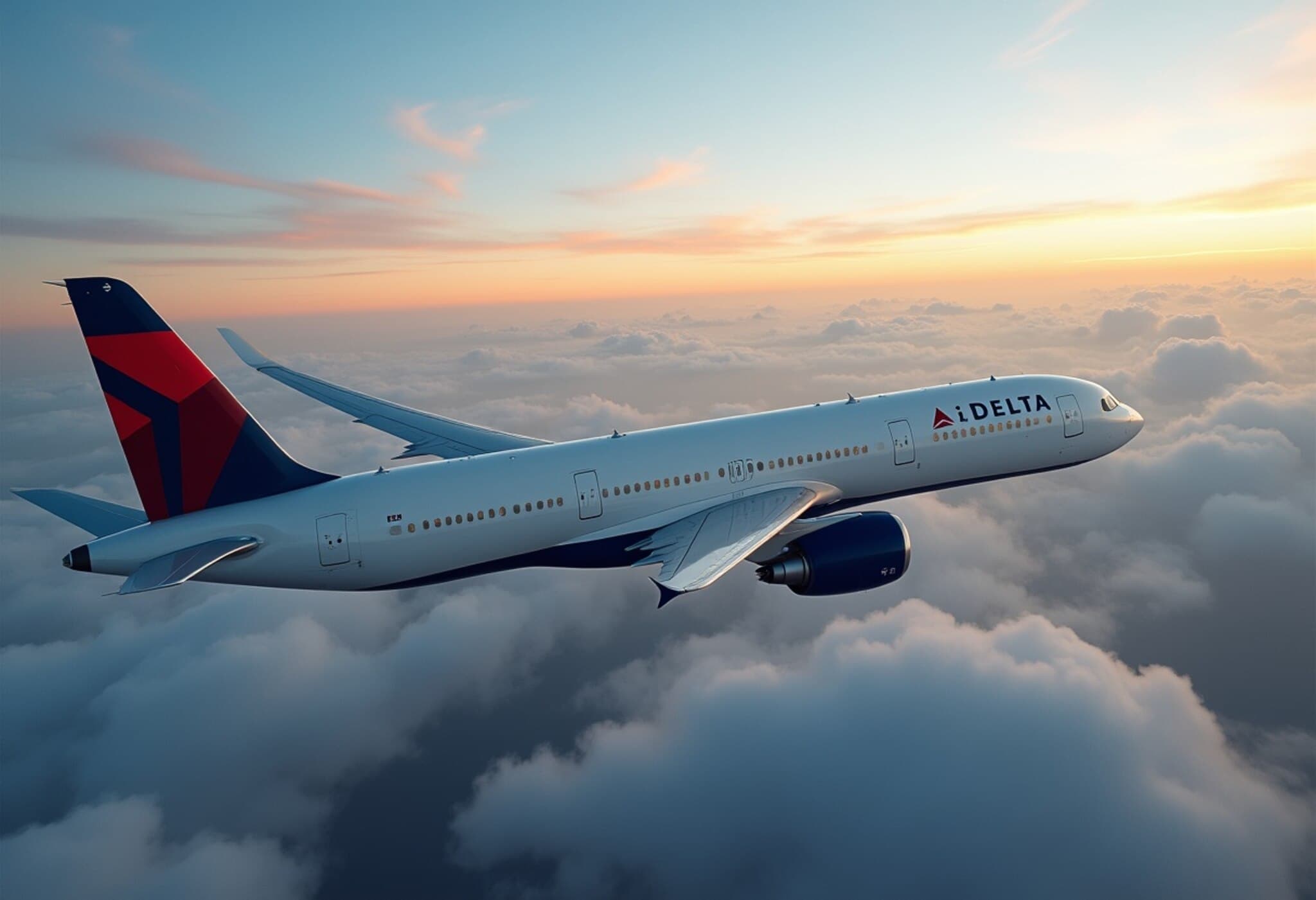Restaurant Brands International Posts Mixed Q2 Results Amid Global Growth and U.S. Hurdles
Restaurant Brands International (RBI), the parent company behind fast-food giants Burger King, Tim Hortons, and Popeyes, released its Q2 financial results on August 7, 2025. While the overall picture was mixed, the company's international segment and Tim Hortons showed promising momentum, contrasting with continued challenges at Popeyes in the United States.
Key Financial Highlights vs. Market Expectations
- Adjusted earnings per share (EPS) came in at 94 cents, slightly below Wall Street analyst expectations of 97 cents.
- Quarterly revenue exceeded forecasts at $2.41 billion, beating the anticipated $2.32 billion.
- Net income attributable to shareholders dropped sharply to $189 million (57 cents per share), down from $280 million (88 cents per share) in the same quarter last year.
Excluding transaction-related costs—particularly from the recent acquisition of Burger King China—and other one-time expenses, the company’s adjusted EPS aligned with expectations, reinforcing the core operational stability of RBI.
International Division Drives Growth
Despite softness in the U.S. market, RBI's international restaurants posted a 4.2% same-store sales growth, underscoring the brand’s expanding footprint and appeal overseas. This international strength is vital as global consumers increasingly gravitate toward Western fast-food chains, even as domestic growth proves uneven.
Tim Hortons and Burger King: Bright Spots Amid Transition
- Tim Hortons, accounting for over 40% of company-wide revenue, achieved 3.4% same-store sales growth, showcasing resilience and effective marketing strategies in North America.
- Burger King’s same-store sales increased by 1.3%, with its U.S. division, which has been navigating a multi-year turnaround, showing a modest 1.5% gain. This suggests RBI is beginning to stabilize one of its most important brands.
Popeyes Faces Setbacks
The standout underperformer for the quarter was Popeyes, which experienced a 1.4% decline in same-store sales. This signals ongoing challenges for the brand, possibly related to increased competition in the fried chicken segment and shifting consumer preferences. Popeyes has historically driven growth for RBI but appears to need strategic recalibration to regain traction.
Looking Ahead: RBI’s Long-Term Outlook
Restaurant Brands reaffirmed its full-year guidance, expecting to invest between $400 million and $450 million in capital expenditures, tenant inducements, and other growth initiatives. The company remains confident in its long-term targets of:
- 3% annual same-store sales growth
- 8% organic adjusted operating income growth on average from 2024 through 2028
These goals indicate management’s belief in underlying brand potential, even as some challenges persist in key markets.
Expert Analysis: What Does This Mean for Investors and Consumers?
RBI’s results highlight a broader narrative seen across the restaurant sector in 2025: international growth fuels optimism, while U.S. recovery remains modest. For investors, the mixed performance calls for a nuanced approach — betting on global expansion and innovation at Tim Hortons while watching if Burger King’s turnaround can sustain and if Popeyes can reverse its declining trend.
From a consumer perspective, shifts in dining preferences and regional competitive pressures mean RBI brands must continue evolving menus, enhancing digital engagement, and pushing sustainability initiatives. The $1.5 trillion U.S. fast-food market rewards adaptability as much as brand recognition.
Final Thoughts and Emerging Questions
The ongoing recovery at Burger King and success abroad offer hope, yet Popeyes’s struggles remind us that not all brands weather market dynamics equally. Investors and industry watchers should keep a close eye on RBI’s strategic moves, including how it leverages its China acquisition and navigates rising costs.
Restaurant Brands International’s latest earnings report captures the complexity of a global restaurant empire balancing growth and recovery. While international markets shine, the pressure to revitalize iconic American brands like Popeyes remains high. Readers should consider how shifting consumer trends, supply chain challenges, and geopolitical factors could reshape RBI’s trajectory in the coming years.
What innovative strategies will Popeyes deploy to reclaim growth? Can Burger King’s turnaround sustain momentum amid fierce U.S. competition? And importantly, how will RBI capitalize on its global presence while managing operational complexities? These questions will shape the industry’s future and are worth monitoring closely.

